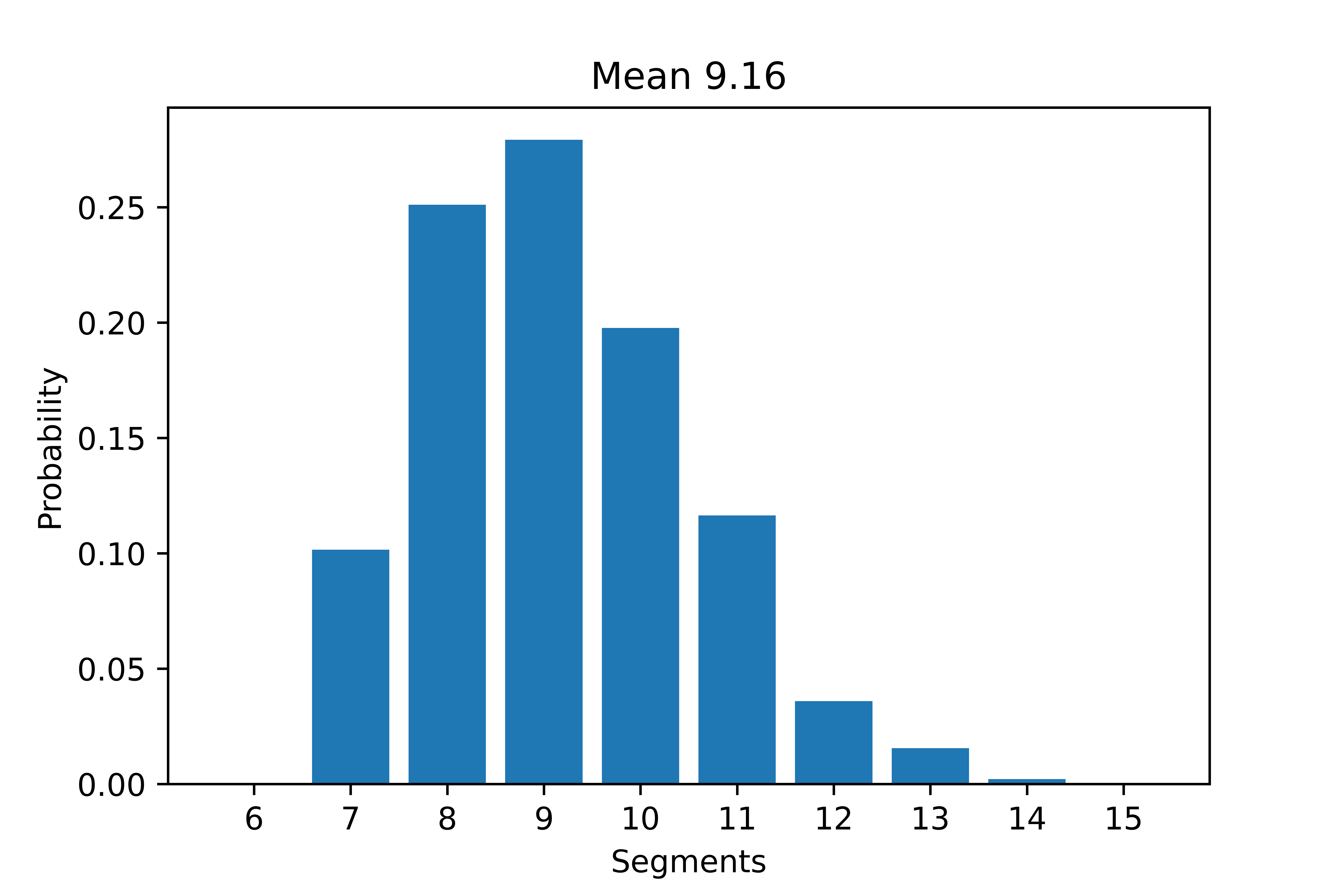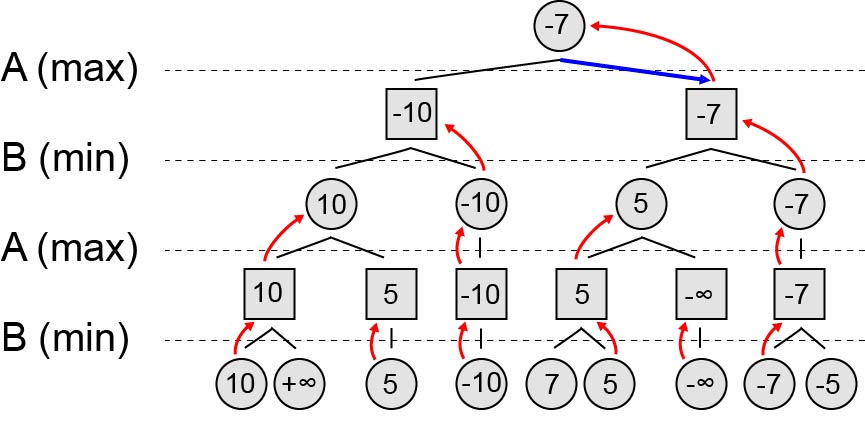Michelangelo Naim
I'm still learning.(Michelangelo, age 87)
Email: michi [at] basis [dot] ai
I am currently a Research Scientist II at Basis, where I specialize in the intersection of physics, mathematics, and artificial intelligence. My work is focused on developing computational theories of intelligence, including reasoning, learning, and decision-making, while contributing to and maintaining open-source software.
Prior to this, I was an ICoN Postdoctoral Fellow at MIT, working with Guangyu Robert Yang, using AI to model the brain. I completed my Ph.D. at the Weizmann Institute of Science under the supervision of Misha Tsodyks. During my Ph.D., I spent time at the Institute for Advanced Study and the Kavli Institute for Theoretical Physics. Before that, I obtained my Bachelor's and Master's degrees in Physics at La Sapienza under the supervision of Giorgio Parisi and Alessandro Treves (SISSA).
I am deeply committed to AI safety and its responsible advancement. I am particularly interested in the study of mechanistic interpretability and inner alignment in neural networks. I aim to make AI more understandable, believing that this will help us learn and grow faster.
This website doesn't describe my current research, but it's related to things I thought about and would like to share.


